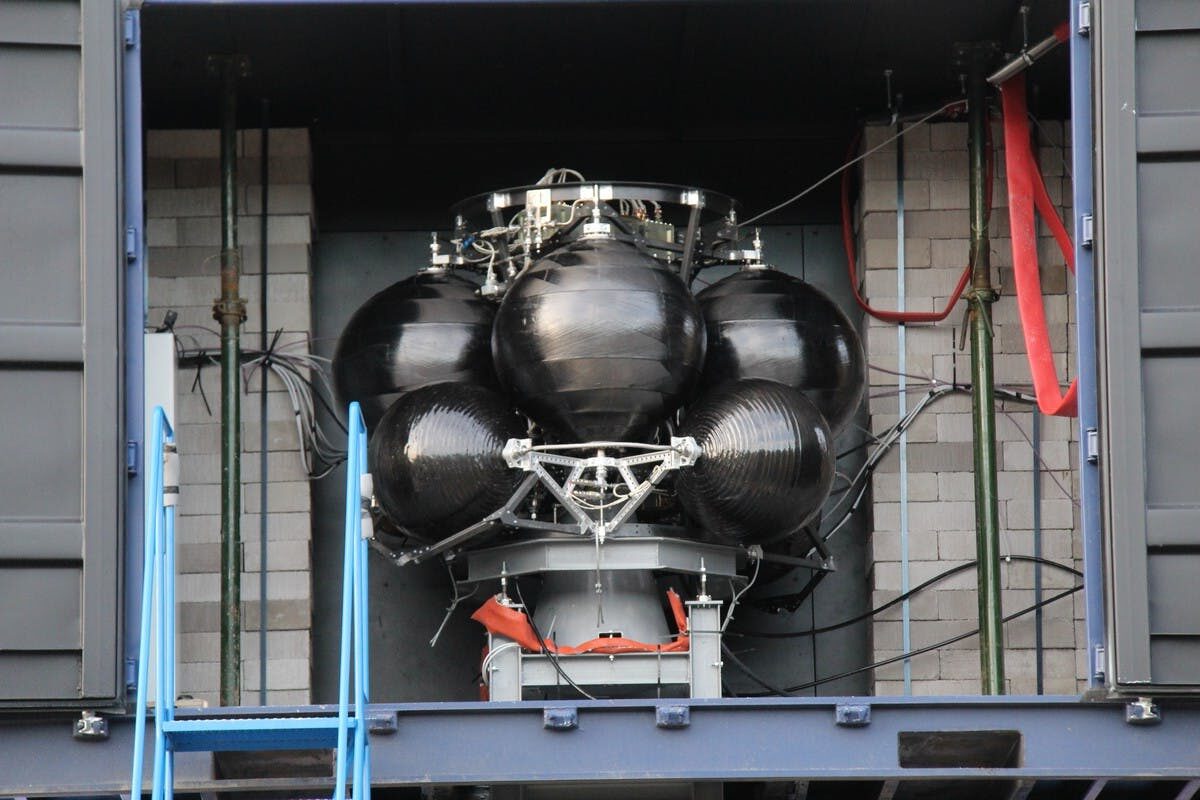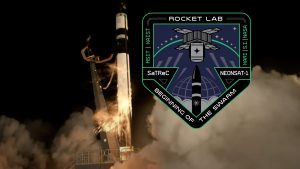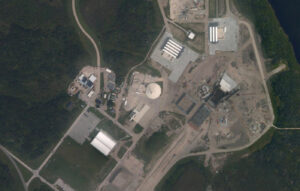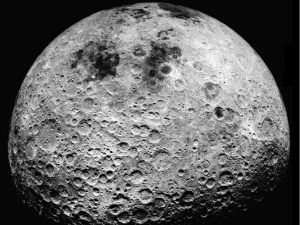Skyrora vs. Rocket Lab’s rocket technologies: Which company takes the lead?
6th Jun 2021
The US-New Zealand Rocket Lab has been the market leader in small payload delivery for several years, but soon enough, British rocket company Skyrora may compete with this leading launch provider. Right now, Rocket Lab rocket Electron is successfully launching, and the company has already tested its Photon Spacecraft cargo vehicle in space. However, actively developing European aerospace startups may soon become a serious competition to the Rocket Lab rocket. One of the more primary competitors, the Scottish Skyrora, is set to hit the launch market with a whole series of lightweight UK rockets next year. Let’s compare Skyrora rocket developments with those of Rocket Lab.
Skyrora XL vs. Electron Rocket Lab
Both Skyrora rocket and Electron are designed for launching small satellites and use cutting-edge technologies that ensure high reliability and maximum launch flexibility. Below, you can compare their technical parameters.
Skyrora XL;
Stages: 3
Height: 22.7m
Width: 2.2m
Payload: 200 kg – to SSO 500 km, 300 kg – to LEO
Engines: Stage 1 – 9 Rutherford, Stage 2 – 9 Rutherford, Stage 2 – 1 Curie
Reusability: Stage 1
Fuel: RP1 /LOX – Rutherford, Viscous Liquid monopropellant – Curie
Launch cost: Unknown
Rocket Lab Electron;
Stages: 3
Height: 17m
Width: 1.2m
Payload: 315 kg – to SSO 500-1000 km, to Polar 200-1000 km
Engines: Stage 1 – 9 Skyforce, Stage 2 – 9 Skyforce, Stage 3 – 1 LEO
Reusability: None
Fuel: HTP/Kerosene
Launch cost: 4.5- 5.5 million USD
As you can see, the British rocket surpasses the American one not only in size but also in launch capabilities. At the same time, Electron has a reusable first stage and an unprecedented low launch cost. Skyrora XL costs for payload delivery have not been announced yet.
Still, Electron’s biggest advantage is that this Rocket Lab rocket is already operational. To date, it completed 20 launches, 17 of which were successful.
Skyrora Space Tug vs. Photon Spacecraft
Besides XL and other lightweight UK rockets, Skyrora is developing another spacecraft called the Space Tug. The 3.1 meters long and 1,9 m wide British space vehicle is designed for:
- deploying satellites into different orbits;
- adjusting spacecraft orbit placement;
- refueling satellites in orbits;
- interplanetary missions and cargo delivery to the lunar orbit;
- space debris removal.
In fact, this Skyrora vehicle is very similar to Rocket Lab Photon but with advanced features. The American spacecraft is designed to launch up to 200 kg of satellites into a sun-synchronous orbit and deliver up to 40 kg of cargo in interplanetary missions. In the second case, Photon is equipped with enlarged fuel tanks.
While Space Tug is just past the testing stage, Photon has already deployed satellites in August 2020 and March 2021. The company is now preparing for an important NASA CAPSTONE mission, during which the spacebus will deliver a CubeSat into a lunar orbit. The launch is scheduled for late 2021.
As you can see, UK rockets from Skyrora can become serious competition for Rocket Lab. On the other hand, given the ever-increasing demand for space services, it looks like both Skyrora and Rocket Lab will enjoy their place under the sun.






Thank you for your comment! It will be visible on the site after moderation.